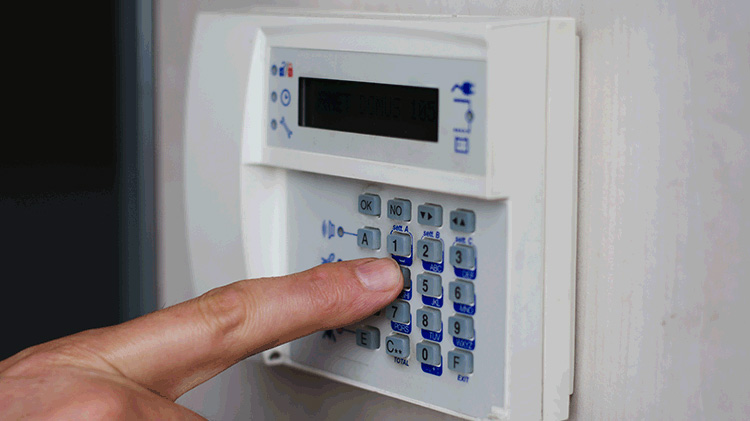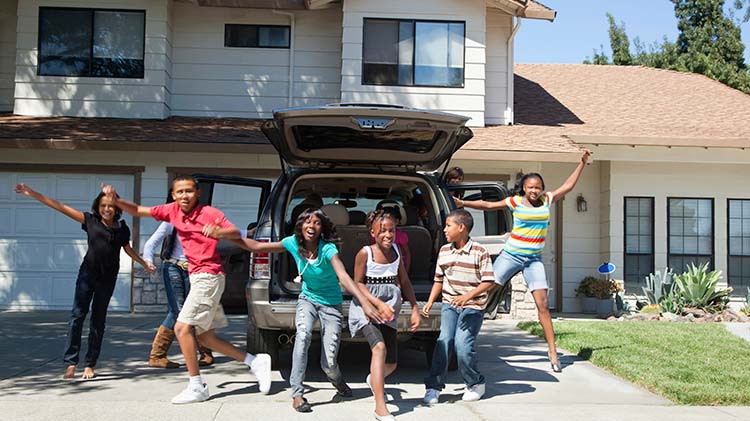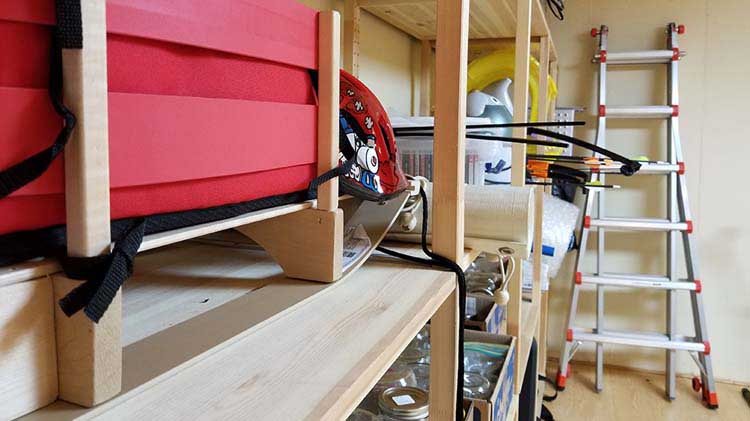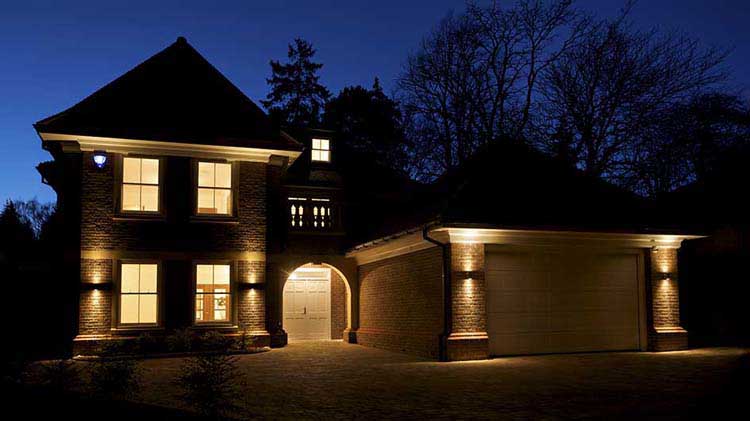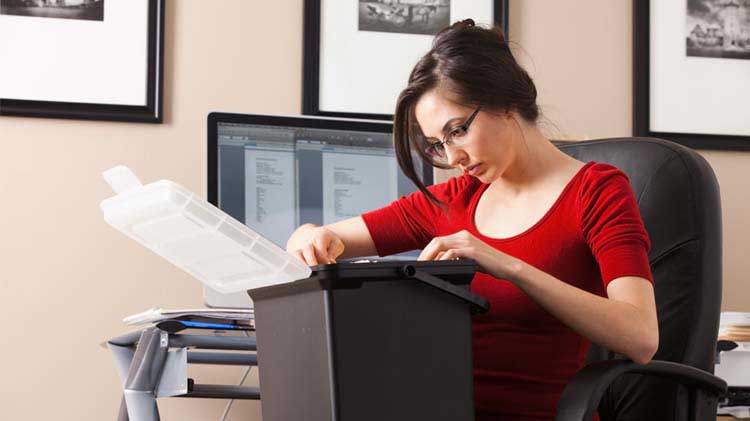How to select the right safe for you
Choosing the right home safe starts with knowing the basics.
According to the FBI, in 2019 there were over 1 million burglaries. Victims lost an estimated $3 billion in property loss which averaged $2,661 per burglary.
There are many ways to protect your valuables and discourage criminals, and having a home safe is one. While you should securely dispose of unneeded documents, a safe can protect documents and valuables that are too important to lose. Safes come in all sizes, from small lock boxes to large floor safes. They may be slipped in a drawer, placed on the floor, bolted to the floor or placed in a wall.
Types of home safes
Safes go by many names and some types may overlap with other types. Some types to consider are:
- Burglar safe: Safes with this name will have some kind of lock to keep out thieves.
- Data safe: This type of safe will offer protection against fire, dust, heat and electrostatic damage and come in a variety of sizes.
- Fire and waterproof safe: Like the name implies, these safes will protect your valuables against fire and water damage.
- Floor safe: A floor safe is embedded into a floor, usually into the concrete foundation. These can be concealed easily and are hard to remove.
- Gun safe: This type of safe is designed to keep your guns and ammunition safely stored away from thieves and children.
- Jewelry safe: These safes range in size depending on your needs and usually have a variety of drawers to properly store your jewelry.
- Lock box: This is a lockable container of any size. If you are choosing this option, be sure to consider what type of fire and water protection you need.
- Wall safe: These are installed in a wall and, like a floor safe, they are easily concealable and hard to remove.
Safe ratings
Once you've decided on a safe type, you need to consider the safe's security ratings. Usually, ratings listed on a safe were developed by the insurance industry or by Underwriters Laboratories (UL) to give consumers an idea of the level of security of a safe. The most common ratings are:
- B-rated: These safes will have a safe body with at least ¼-inch thick steel (total), and a door at least ½-inch thick. These will have a lock, but the lock hasn't been tested for security.
- C-rated: These safes will have a safe body with at least ½-inch thick steel (total), and a door at least 1-inch thick. And like B-rated safes, the lock hasn't been tested for security.
- RSC: RSC stands for Residential Security Containers and have three levels I, II and III. These have locks that have been tested and the higher the level, the more secure the lock is.
- TL-15: This safe will typically stand up to 15 minutes of attack with common devices and tools.
Safe protection ratings
Lock security is important, but you should also consider additional protections. Additional protection levels you may see are:
- Fire resistant safe or fireproof safe: These names may be used interchangeably but you should pay attention to the fire ratings of each individual safe. Generally, the fire rating will list a temperature and a time, such as 350 degrees Fahrenheit – one hour. A safe with this rating will keep the interior temperature to less than 350 degrees Fahrenheit when exposed to a 1700 degrees Fahrenheit fire for one hour. The lower the temperature listed, and the longer the time listed, the more protection you will have from fire. The interior temperature needs to be 350 degrees Fahrenheit or lower for paper and 125 degrees Fahrenheit or lower for media and computer equipment.
- Waterproof safes: Safes are rated on water protection in two ways, continuous water spray and depth of water submersion. The ratings will tell you how long they keep the interior dry under a continuous spray and what depth of water it can stand in and still protect the interior for one hour.
Safe locks
You have many options for locking your safe and you choose the one that works best for you. Some options are:
- Key: Opens with a traditional key.
- Biometric: Unlocks with your fingerprint.
- Combination: Either a traditional mechanical combination lock (think of a dial padlock) or a digital keypad where you enter numbers is used.
- Dual - key and combo: Traditionally, this is a key and combination lock.
Choosing the right safe will require you to consider a variety of options and consider what you need to store. Once you have the right safe, it would be a good time to make an inventory of your valuables and talk to a State Farm® agent to make sure your coverages are adequate.
